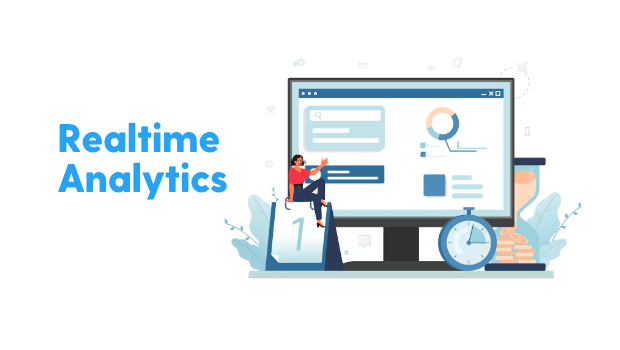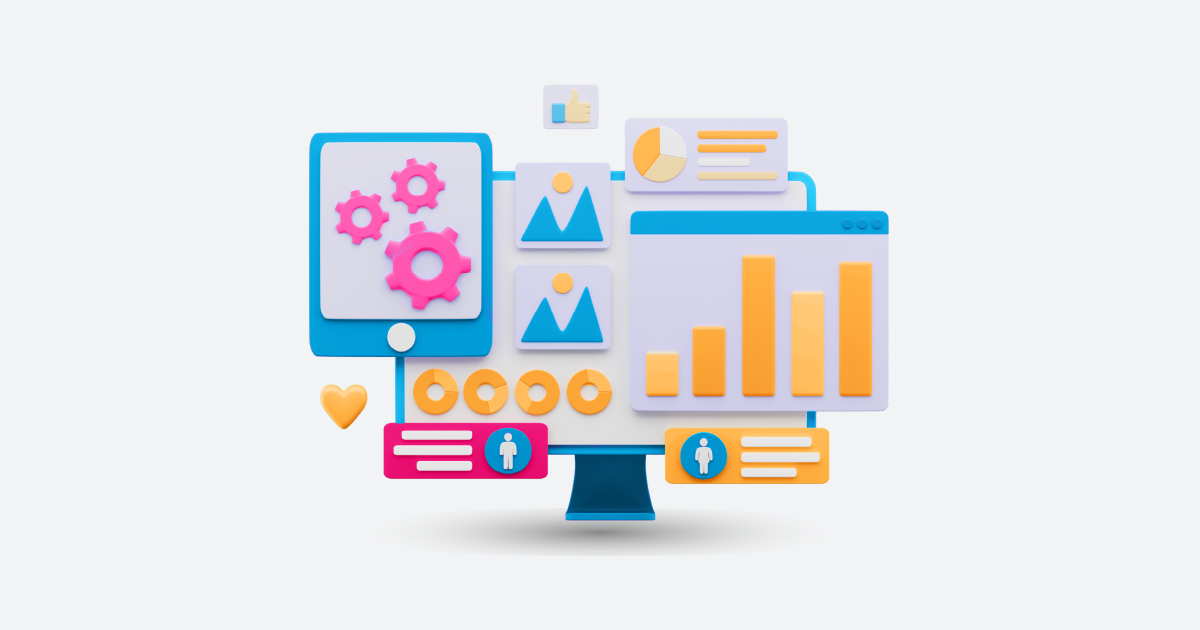In today’s fast-paced world, staying ahead means making decisions faster and smarter than ever before. This is where real-time insights come into play. Imagine having the ability to analyze data as it flows in, providing instant clarity on trends, customer behaviors, and operational performance. It’s like having a crystal ball, but instead of predicting the future, it helps you shape it.
Whether you’re managing supply chains, engaging with customers, or monitoring market trends, real-time insights empower businesses to respond proactively and seize opportunities the moment they arise. In this blog, we’ll dive into what real-time insights are, why they matter, and how they’re revolutionizing industries across the board. Ready to unlock the power of the present? Let’s get started!
What Are Real-Time Insights?

Definition and Importance
Real-time insights refer to the immediate analysis of data as it is generated. Imagine making decisions based on information that’s only seconds old — sounds powerful, right? This capability allows businesses to respond instantly to changing conditions, enhancing agility and precision.
What Does “Real-Time” Mean?
The term “real-time” means that data is processed and analyzed as it comes in, without delay. Think of it as live updates, similar to getting play-by-play updates during a sports game.
Why Real-Time Insights Matter in Business
In today’s fast-paced world, delayed information is as good as no information. Real-time insights empower companies to stay ahead by making quick, informed decisions, whether it’s optimizing a marketing campaign or addressing a supply chain issue.
Real-Time Insights vs. Traditional Analytics
Key Differences
Traditional analytics rely on historical data, often resulting in lagging insights. Real-time insights, on the other hand, provide up-to-the-minute information.
Advantages of Real-Time Data
The ability to act instantly on emerging trends, detect anomalies, and seize opportunities sets real-time data apart. It’s the difference between being reactive and proactive.
Applications
Retail and E-Commerce
Dynamic Pricing
Ever noticed how online prices fluctuate? That’s insights in action, helping retailers adjust prices based on demand, competition, and stock levels.
Inventory Management
Stock-outs and overstocking are nightmares for retailers. Real-time tracking ensures optimal inventory levels by monitoring sales trends and supply chain data.
Healthcare
Patient Monitoring
In healthcare, seconds can save lives. Real-time insights enable continuous monitoring of patients’ vitals, alerting doctors to potential emergencies.
Emergency Response
Real-time data from IoT devices like wearables helps first responders assess situations faster and better.
Finance
Fraud Detection
Fraud doesn’t wait, and neither should detection. Real-time systems flag suspicious activities, ensuring timely interventions.
Market Analysis
Staying updated with market fluctuations in real time helps investors and analysts make smarter decisions.
Marketing
Customer Behavior Analysis
Understanding customer preferences as they shop allows marketers to personalize offers and boost engagement.
Campaign Optimization
Real-time feedback on campaigns helps marketers tweak strategies instantly for better outcomes.
Technologies Driving Real-Time Insights
1. Big Data Analytics
The backbone of insights, big data processes massive datasets at lightning speed.
2. Artificial Intelligence and Machine Learning
AI and ML predict trends, detect anomalies, and automate decision-making in real time.
3. Internet of Things (IoT)
IoT devices generate a constant stream of data, enabling real-time monitoring and insights.
4. Cloud Computing
Cloud platforms ensure scalable and efficient real-time data processing.
Benefits
1. Improved Decision-Making
With real-time data, decisions are no longer guesses but informed choices.
2. Enhanced Customer Experience
Personalized, timely interactions create happier, loyal customers.
3. Operational Efficiency
Optimizing operations in real time reduces waste and improves productivity.
4. Competitive Advantage
Staying ahead of trends and adapting faster gives businesses a decisive edge.
Challenges
1. Data Overload
Too much data can overwhelm systems and users if not managed effectively.
2. Integration Complexities
Combining real-time systems with existing infrastructures can be tricky.
3. Security Concerns
The speed of real-time systems must not compromise data security.
4. High Costs
Implementing these systems often requires significant investment.
Best Practices for Leveraging Real-Time Insights
1. Choosing the Right Tools
Invest in tools that align with your business needs and scalability.
2. Ensuring Data Accuracy
Garbage in, garbage out — prioritize data quality.
3. Continuous Monitoring and Analysis
Set up systems for ongoing data tracking to maintain relevance.
4. Employee Training and Awareness
Equip your team to understand and act on real-time insights.
Future Trends
1. Emerging Trends
From predictive analytics to autonomous decision-making, the future of real-time insights is bright.
2. Potential Transformations Across Industries
Every industry, from agriculture to entertainment, will see seismic shifts as insights evolve.
Conclusion
Real-time insights are not just a luxury; they’re a necessity in the modern business landscape. By adopting this technology, companies can make better decisions, delight customers, and outpace competitors. Embrace the power of now and watch your business thrive.
Ready to transform your business with real-time insights? Request a demo from AIM Technologies today and discover how cutting-edge analytics can elevate your operations and decision-making to the next level.




